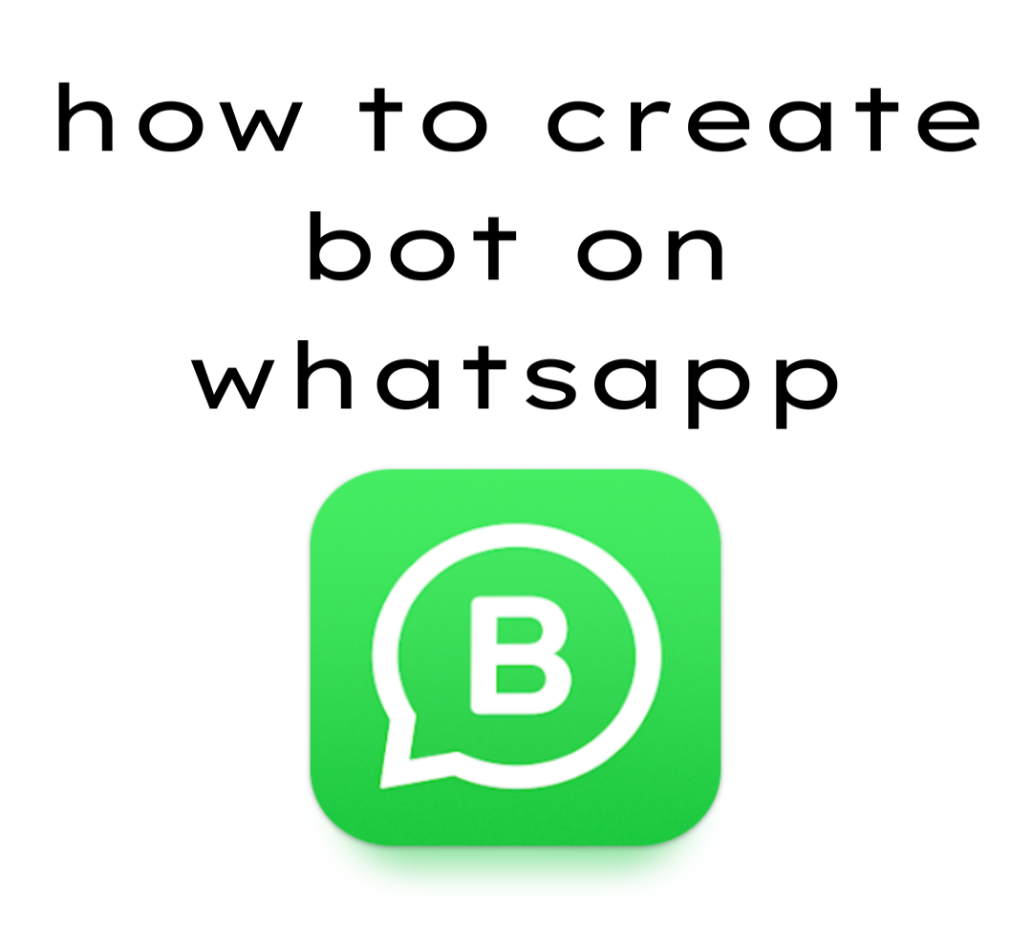WhatsApp has become one of the most popular messaging platforms in the world. With over two billion users, it’s a powerful tool for communication. Many businesses and individuals are now looking to create bots on WhatsApp. These bots can handle customer inquiries, send updates, and automate various tasks. But how do you create a bot on WhatsApp? This guide will walk you through the steps to create a bot on WhatsApp, using easy-to-understand language.
What is a WhatsApp Bot?
A WhatsApp bot is an automated software that interacts with users on WhatsApp. It can send messages, respond to questions, and perform tasks without human intervention. Bots can be used for various purposes, such as customer service, marketing, and information sharing. They save time and improve efficiency by handling repetitive tasks automatically.
Why Create a WhatsApp Bot?
Creating a WhatsApp bot can be beneficial for several reasons:
- 24/7 Availability: A bot can interact with users anytime, even outside business hours.
- Efficiency: Automating responses can save time and reduce the workload on human agents.
- Personalization: Bots can be programmed to provide personalized responses, improving user experience.
- Cost-effective: Automating tasks with a bot can reduce operational costs.
Prerequisites for Creating a WhatsApp Bot
Before you start creating a WhatsApp bot, you need to have a few things in place:
- WhatsApp Business Account: You need a WhatsApp Business account. This is different from a regular WhatsApp account and is designed for businesses to interact with customers.
- Twilio Account: Twilio is a cloud communication platform that allows you to build WhatsApp bots. It’s one of the most popular tools for this purpose.
- Programming Knowledge: Basic knowledge of programming languages like Python, JavaScript, or Node.js will be helpful. If you’re not familiar with coding, you might need help from a developer.
- Web Server: You’ll need a server to host your bot. This can be a physical server or a cloud-based server.
Step-by-Step Guide to Creating a WhatsApp Bot
Now that you have the prerequisites, let’s dive into the steps to create a WhatsApp bot.
Step 1: Set Up Your WhatsApp Business Account
If you don’t already have a WhatsApp Business account, you’ll need to create one. Download the WhatsApp Business app from the App Store or Google Play, and follow the instructions to set up your account. You’ll need to provide your business details, such as name, address, and contact information.
Step 2: Sign Up for Twilio
Twilio is a platform that allows you to send and receive messages on WhatsApp using an API. You’ll need to sign up for a Twilio account:
- Go to the Twilio website and sign up for a free account.
- After signing up, you’ll receive a trial phone number that you can use to send messages.
- Verify your phone number and follow the instructions to set up your account.
Step 3: Get a WhatsApp API
Once you’ve signed up for Twilio, you’ll need to apply for access to the WhatsApp Business API. This API allows you to connect your bot to WhatsApp. Here’s how to do it:
- In the Twilio console, navigate to the “Messaging” section and select “Try WhatsApp.”
- Follow the instructions to apply for access to the WhatsApp Business API. This may take some time, as WhatsApp needs to approve your application.
Step 4: Write the Code for Your Bot
Now it’s time to write the code for your bot. Here’s a simple example in Python using the Flask framework:

This code sets up a basic WhatsApp bot that can respond to simple text messages. You can customize it to suit your needs.
Step 5: Deploy Your Bot
Once you’ve written your bot’s code, you’ll need to deploy it on a server. You can use platforms like Heroku, AWS, or any other web hosting service. Follow the deployment instructions provided by your chosen platform.
Step 6: Test Your Bot
After deploying your bot, it’s time to test it. Send messages to your bot’s WhatsApp number and see how it responds. If everything is working correctly, your bot should respond automatically based on the code you’ve written.
Step 7: Customize and Improve Your Bot
Now that your bot is up and running, you can start adding more features. Consider integrating your bot with a database to provide dynamic responses. You can also use AI and natural language processing (NLP) to make your bot smarter. Additionally, you can set up webhooks to trigger events or notifications based on user interactions.
Common Issues and Troubleshooting
Creating a WhatsApp bot is generally straightforward, but you may encounter some issues along the way. Here are some common problems and how to solve them:
- API Approval Delay: WhatsApp’s API approval process can take time. If your application is delayed, you can contact WhatsApp support for updates.
- Bot Not Responding: If your bot isn’t responding, check your server logs for errors. Ensure your server is running, and your code is correct.
- Message Limitations: Twilio’s trial account has limitations on the number of messages you can send. You may need to upgrade to a paid plan for more extensive usage.
Conclusion
Creating a WhatsApp bot is a valuable skill, especially for businesses looking to automate customer interactions. By following the steps outlined in this guide, you can create a functional WhatsApp bot that can handle various tasks. Remember, the key to a successful bot is continuous improvement.






Leave a Reply